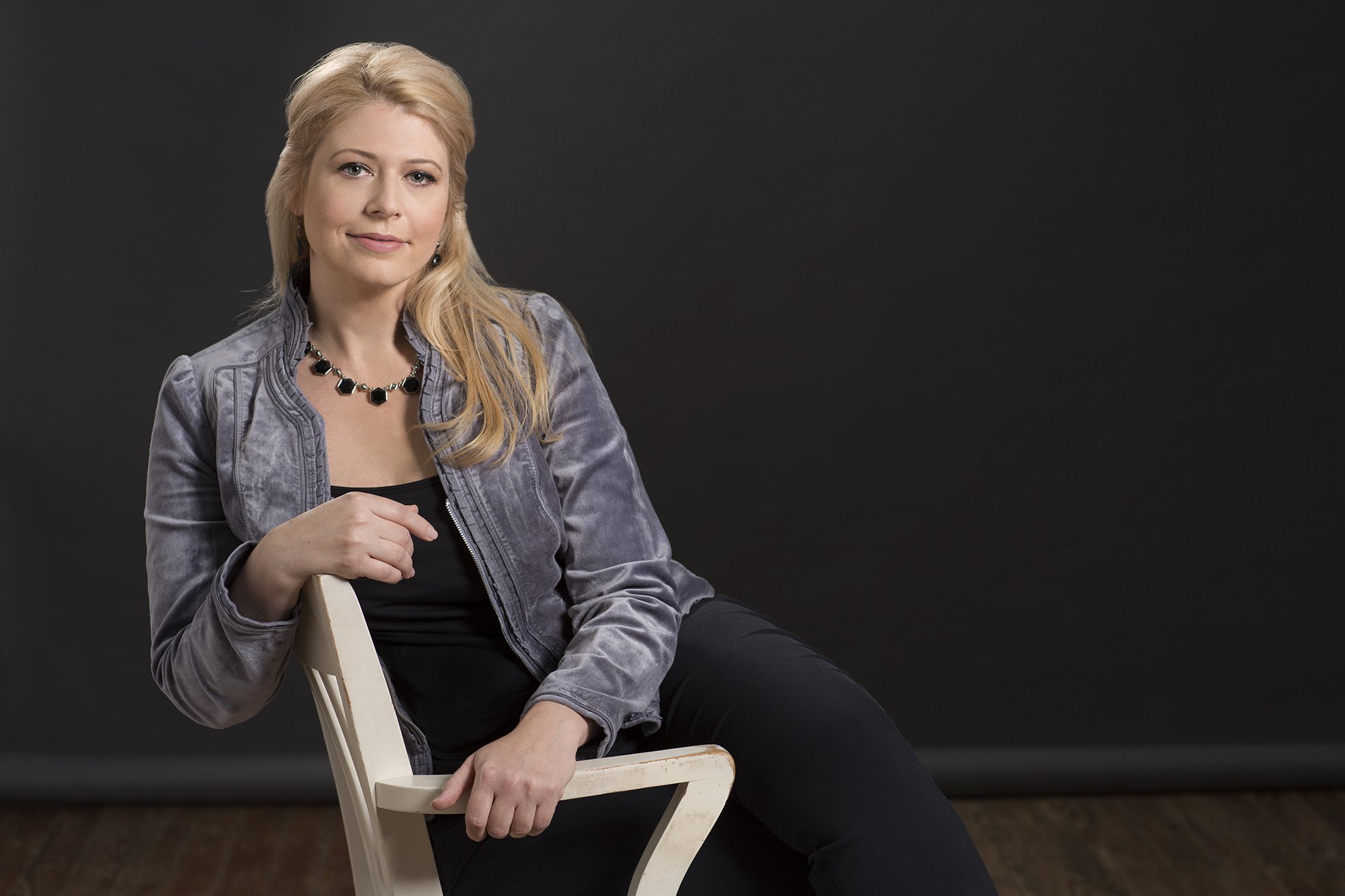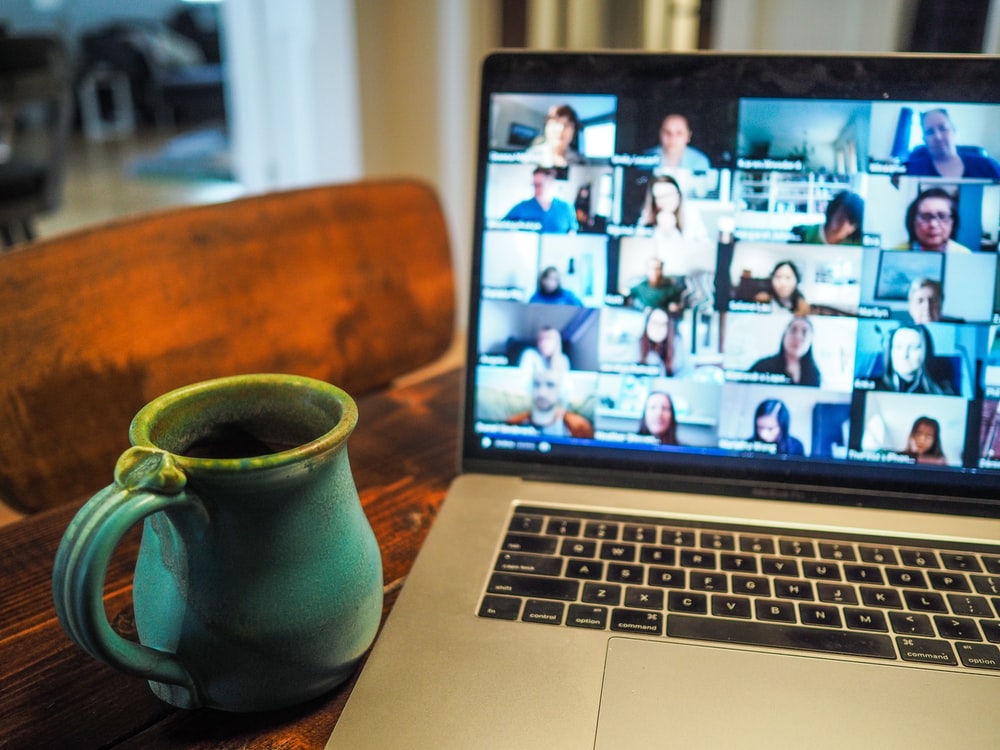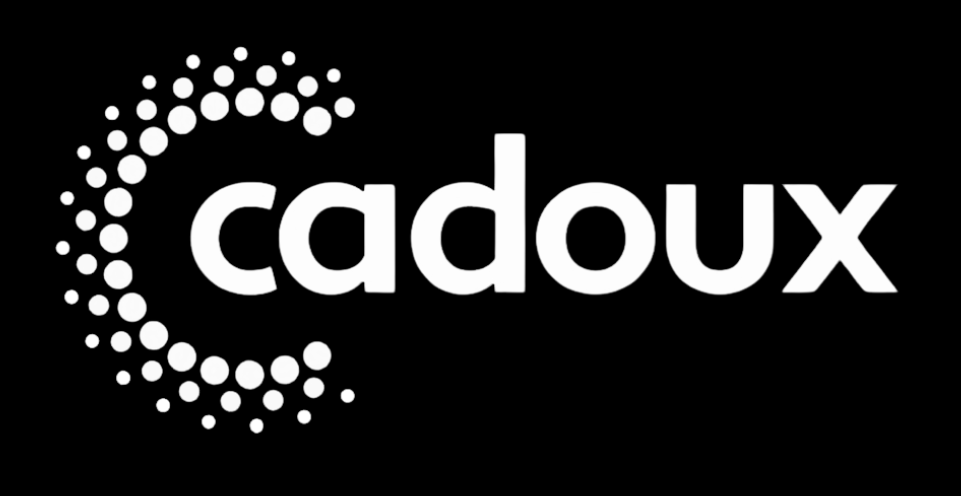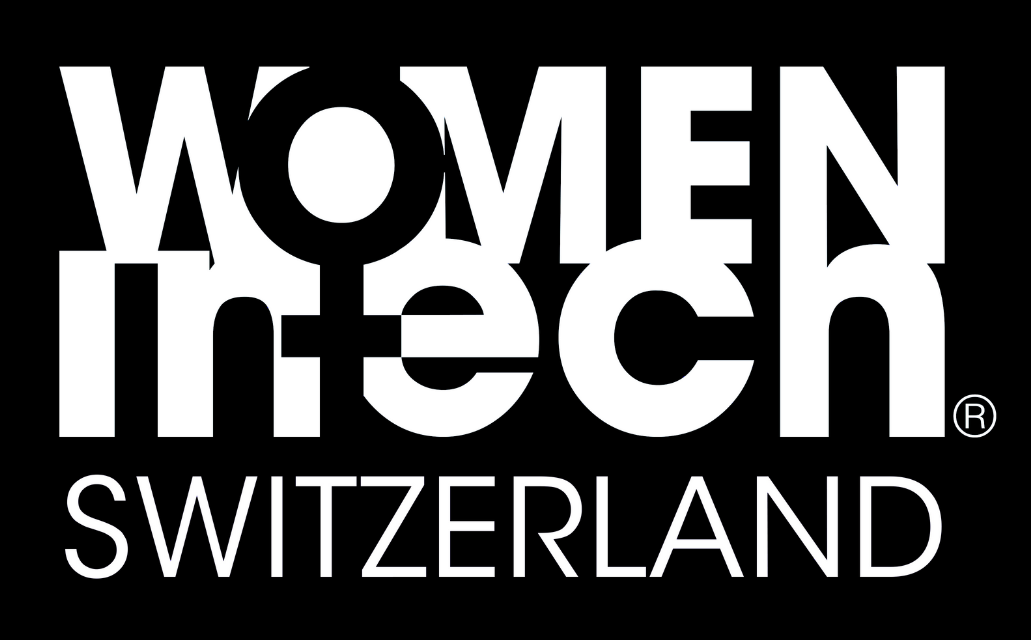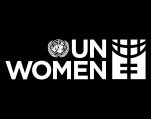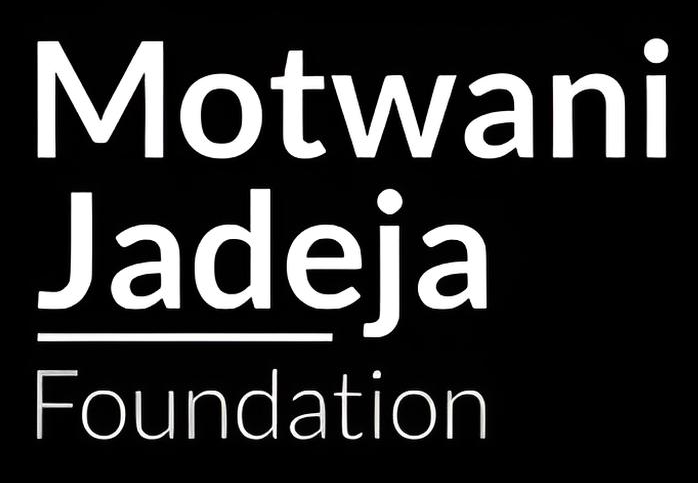A growing number of big-name designers are hoping to woo Muslim women with specially designed collections.
FORTUNE: Think the Muslim market isn’t interested in fashion? Check the numbers: Globally, Muslims spent $266 billion on clothing and footwear in 2013. That’s more than the total fashion spending of Japan and Italy combined, according to a recent report from Thomson Reuters. The report also notes that that figure is expected to balloon to $484 billion by 2019.
And yet industry watchers say the market for Muslim women’s fashion is still relatively untapped—though perhaps not for long.

Several mainstream designers have started producing clothes and collections especially for Muslim women. It’s a trend that recognizes Islam’s rapid growth—Pew Research predicts that the number of Muslims in the world will equal that of Christians by 2050—along with its constituents’ impressive spending power.
“Globally, the Muslim population is a youthful and growing demographic,” says Reina Lewis, professor of cultural studies at London College of Fashion UAL and author of the forthcoming book Muslim Fashion: Contemporary Style Cultures. “This makes Muslims a very important consumer segment for anything.”
“The market for Islamic commodities started out looking at food and finance,” she adds. “I’ve been saying for the last few years that fashion is going to be the third F—and this is indeed what is beginning to happen.”
DKNY went first, unveiling a women’s capsule collection for Ramadan last year. Tommy Hilfiger launched its own Ramadan capsule collection this June, and fashion designers, manufacturers and retailers including Net-a-Porter, Zara, Oscar de la Renta and Mango are currently offering lines specially themed for the holiday as well. A Mango rep says the Barcelona-based company is pleased with how well the Ramadan collection is selling, noting that Arab-speaking countries made up 5% of the company’s sales last year.



